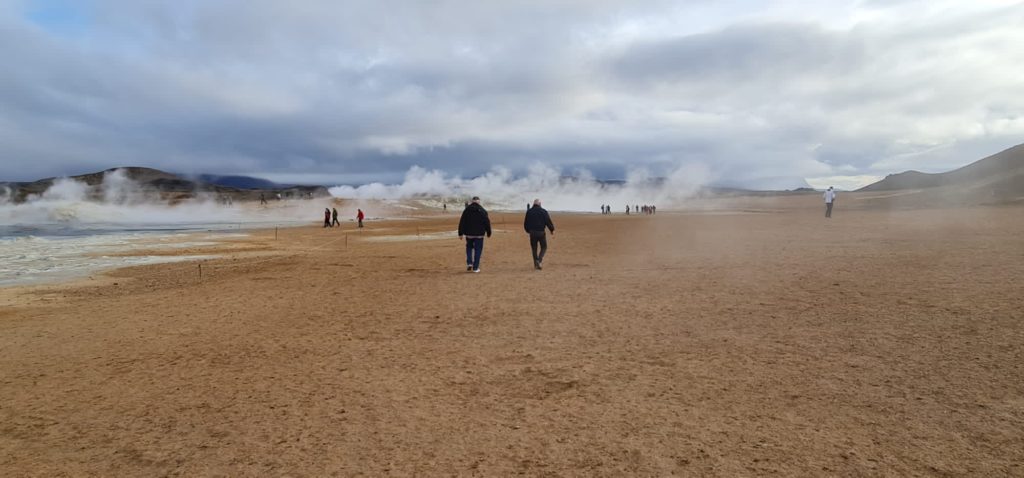
Tarry Tours have come to Iceland. Richard got a Home Exchange in Akureyri, the second largest town in Iceland after Reykjavik, in the north of the island, at the top of the Eyjafjörður fjord.
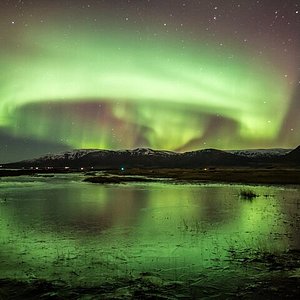
We came hoping to glimpse the Aurora Borealis but so far have been visited by impenetrable rain clouds, mist and drear.
No Northern Lights yet – if at all.
We are here for ten days and keep our fingers crossed.
The Tarry Tour Fellowship of Four has now, over the years, covered upward of 100,000 miles. Mostly we have
been lucky in our adventures but you cannot win them all and the weather forecast indicates we shall lose this one!
Richard, Tony & I flew from Stansted with Christoph joining us from Berlin.
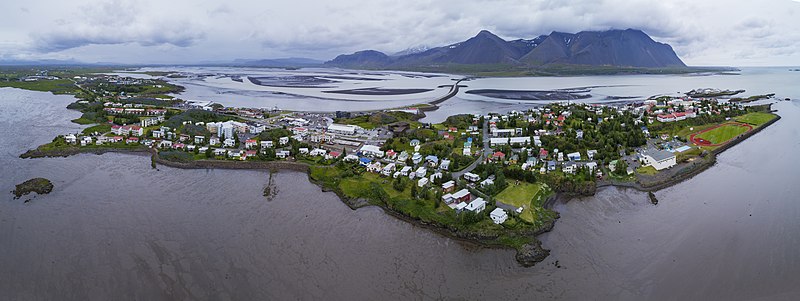
We squashed into a Dacia Duster at Keflavik Airport and drove for two hours, skirting Reykjavik to Borgarnes on the fjord the town it is named after, putting up at the small Hotel Hafnarfjall for the night – overlooking the Sound across the causeway towards the town.
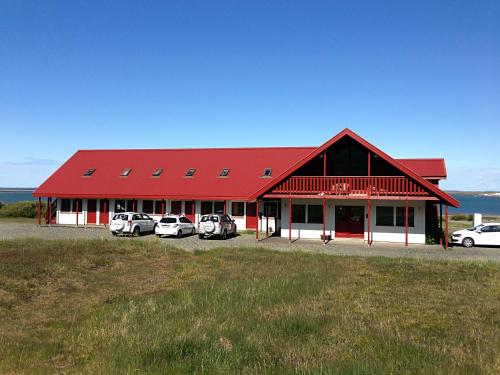
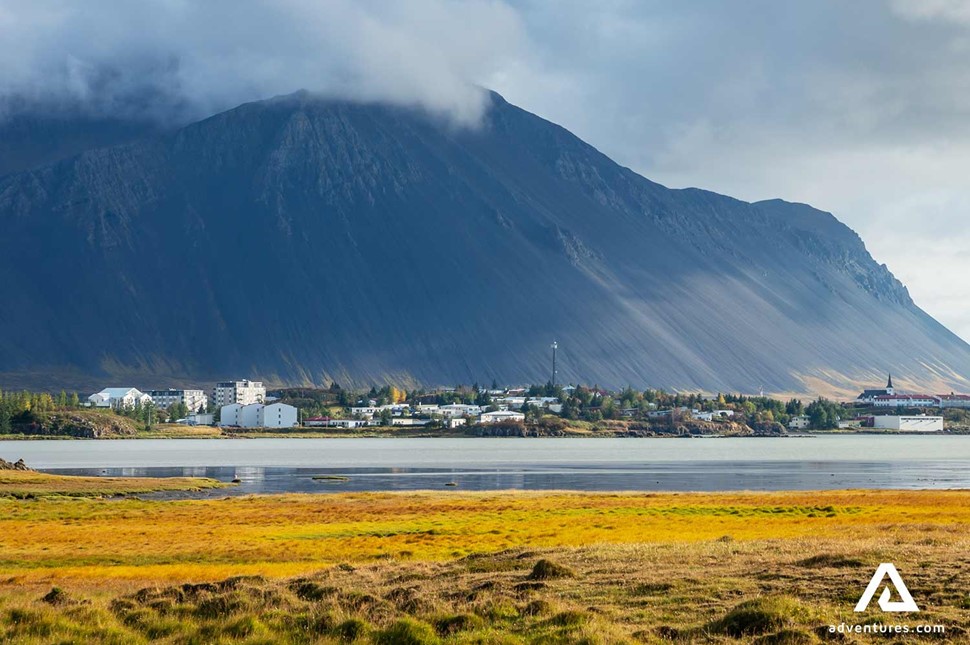
Spectacular landscapes here. Vast volcanic upthrusts, lava fields, waterfalls and rivers softened by green, cultivated fields dotted with cows, sheep and horses. A treeless bleakness reminding us of the Hebrides and the Highlands of Scotland. Beautiful in their rugged grandeur. Lonely. Isolated.
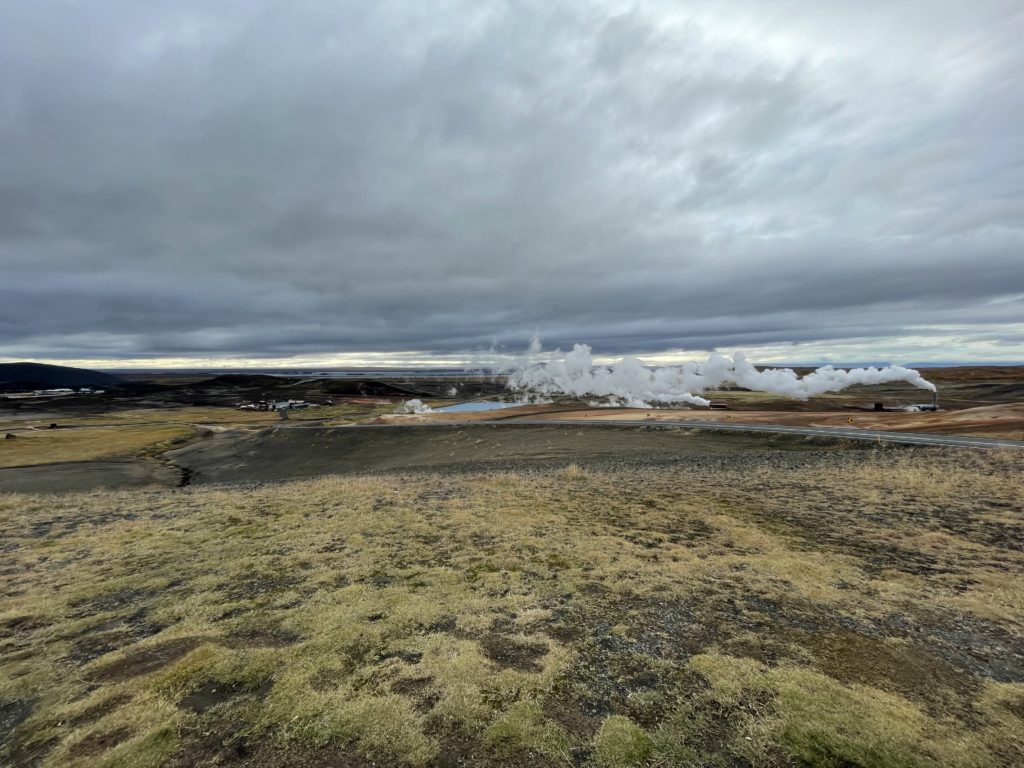
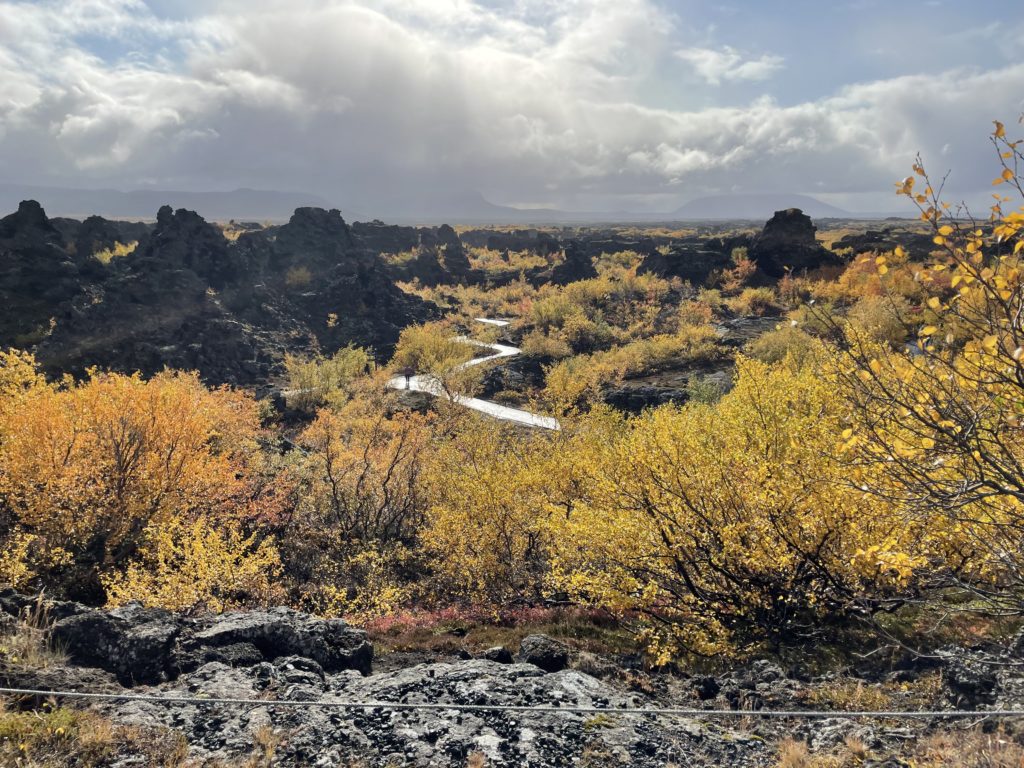
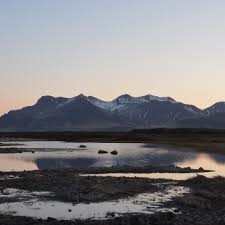
Such a small population too – only 372,520 – it’s difficult to see how such a small tax base could sustain what appears to be an excellent standard of living. Taxes are high and it is expensive, it’s true. They have one enormous advantage though: an inexhaustible supply of geothermal heat and power, generating by far the largest amount of electricity per capita in the world. None of it fossil fuel.
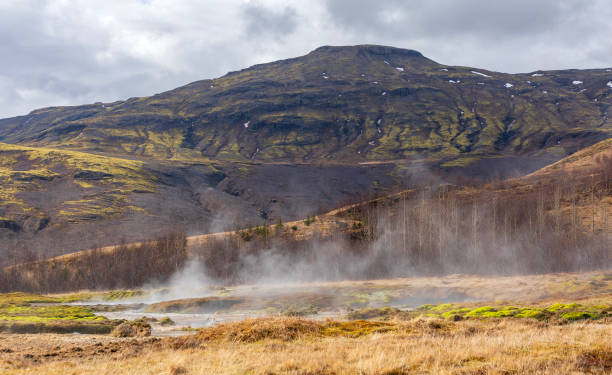
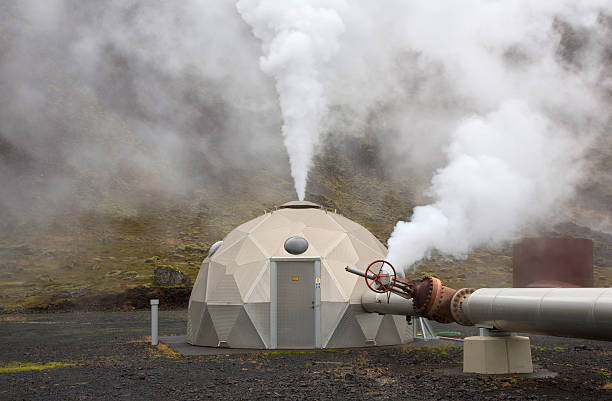
This enables the production of round 800,000 tonnes of Aluminium each year from several smelting works which, along with fishing, tourism and farming seems to pay the national bills. Vast glasshouse farming produces 45% of the vegetables and fruit consumed locally, from – yes – bananas to lettuces, potatoes to greens of every kind.
The financial sector we don’t mention. The failure of three banks dabbling in sub-prime debt in 2008 and the inability of the government banks to save them almost did for the country.
But they seem to have bounced back nicely.
From Borganes it is almost a four hour drive to Akureyri along the N1 via Hvammstangi and Blöndós. Don’t ask me to pronounce these names! I keep thinking of ScandiNoir and sinister conspiracy theories, Trolls and Elves.
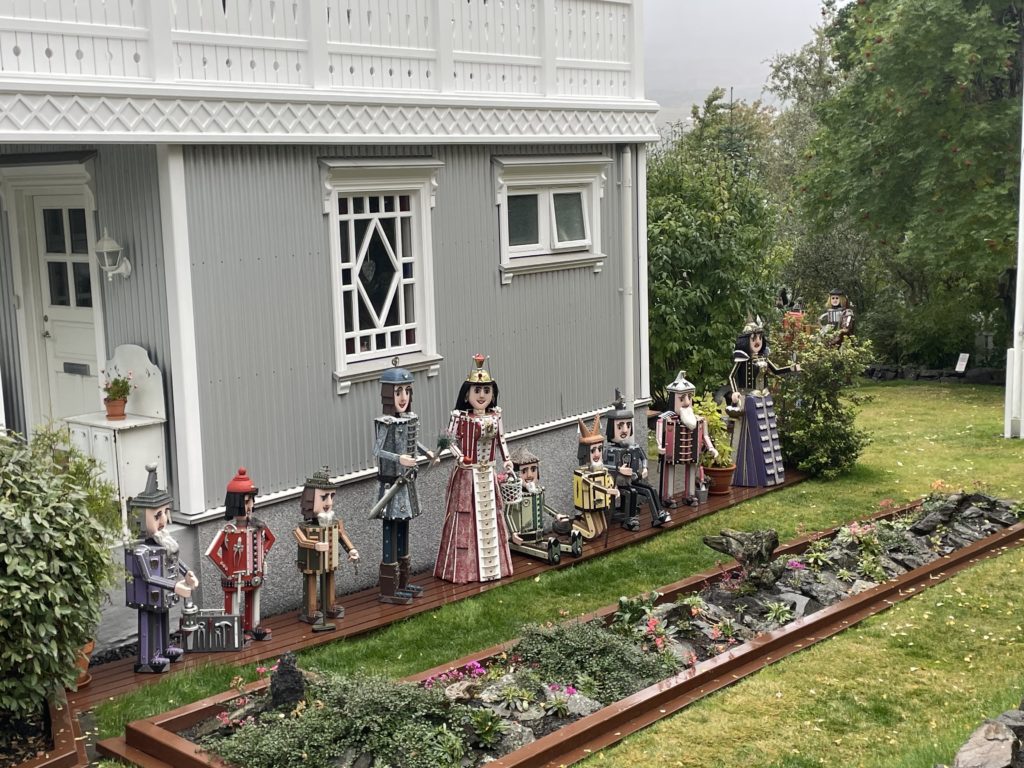
Strict speed limits here, 30kmph in town, 50kmph on the outskirts and only 90kmph on open roads.
Traffic is non-existent but speed cameras are not!
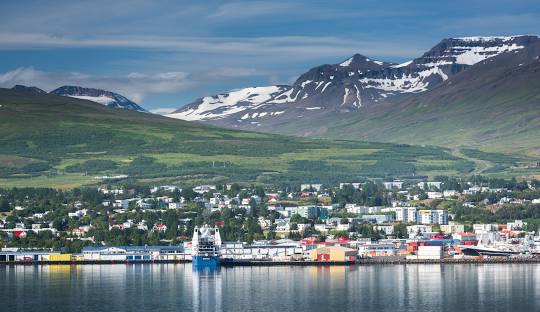
Akureyri sits at the top of the Eyjafjörður Fjord, the longest in Iceland, smaller than Colchester with a population round 18,000 yet it has a University, a variety of schools, museums, a Botanical Garden, an interesting cathedral, shops, cafes and restaurants. Small but surprising. But not cheap! Wow – it has to be one of the most expensive places we have ever visited!
Tourism is high on the list: there is a cruise terminal and an airport; fishing is important.
We put up in Richard’s Home Exchange in pretty-much the centre of town and near – vitally – the local Netto Supermarket in a nearby shopping mall which supplied us with all we needed for the self-catering we rapidly realised would be vital if budgets were not to be broken in a matter of hours!
The weather so far? Not encouraging. Overcast, raining with outbreaks of sunshine when mists lifted. A lovely gentle light. The purples and russets and pale greens of the bracken and heather giving the landscape a gentle bleakness.
No trees, though there is a programme of planting wherever they may take hold – we are after all a few miles from the Arctic Circle – the old lava fields rocky waves of moss and lichen given an almost luminous green glow in the sometime sunshine.
It is very, very beautiful.
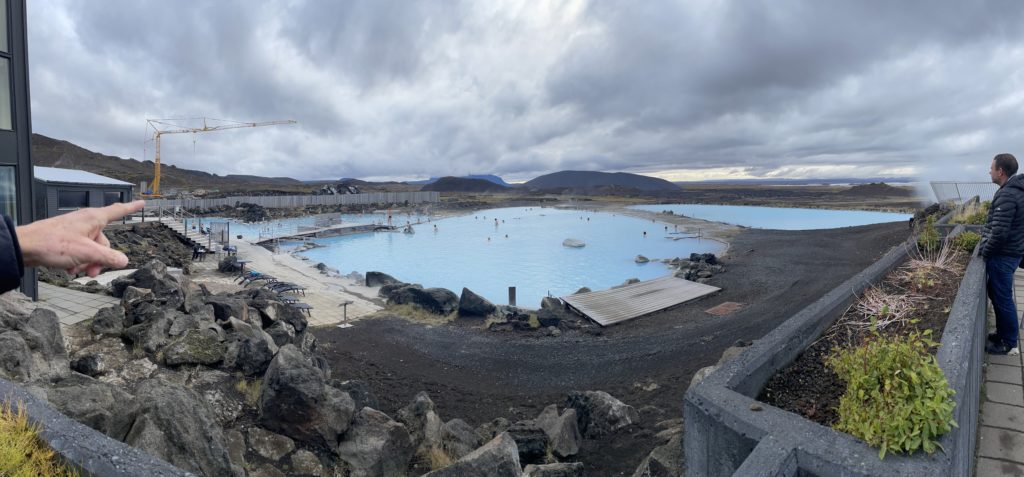
On one day we drove 100 Kms to the glorious thermal spa at Mývatn to soak in the sulphurous warm waters there – the Jarðböðin við Mývatn – these are part of the craters, steaming rocks and boiling mud pools surrounding Lake Mývatn which itself abuts the spectacular lava field of Dummuborgir a few clicks south of the nature baths.
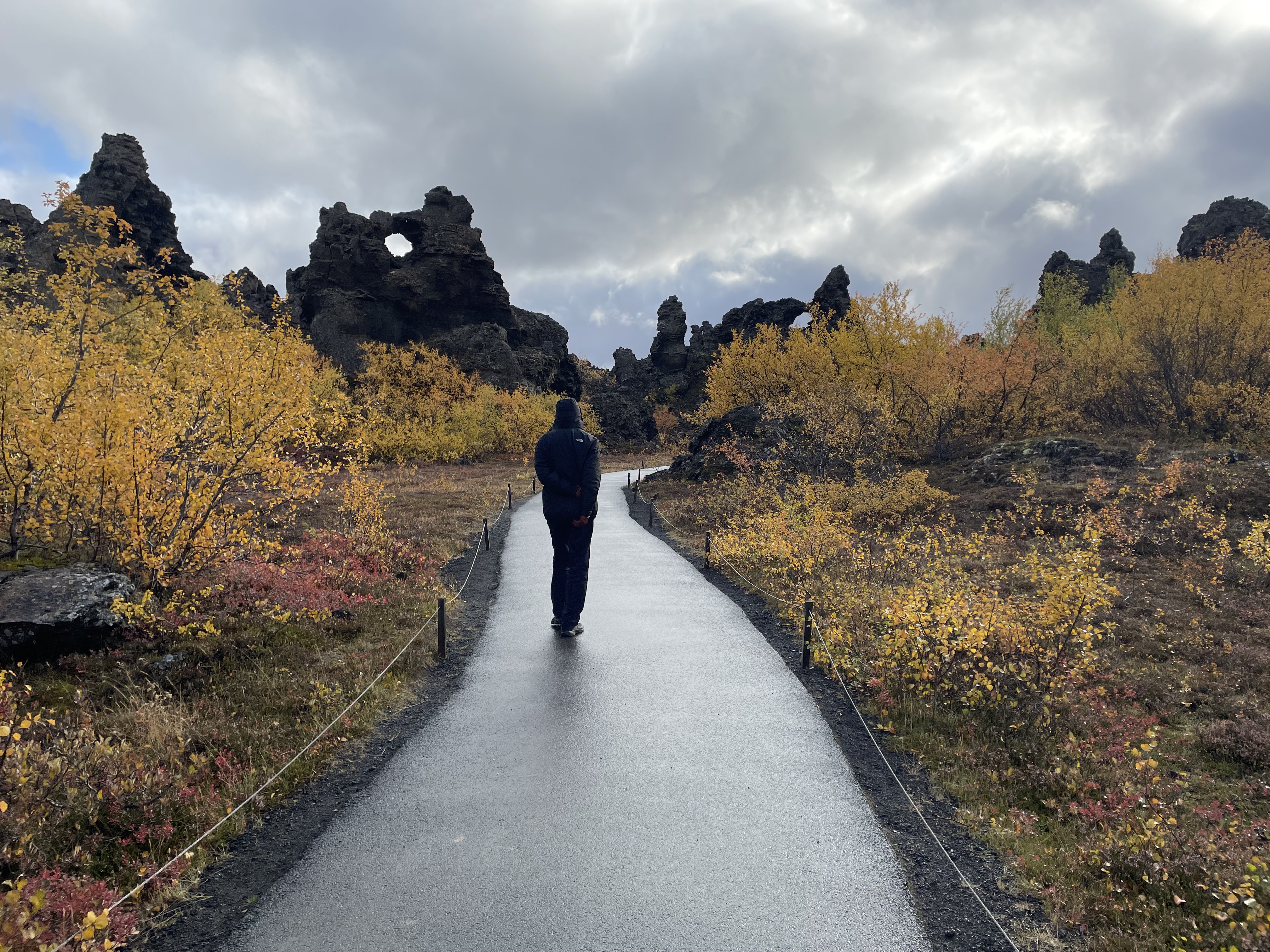
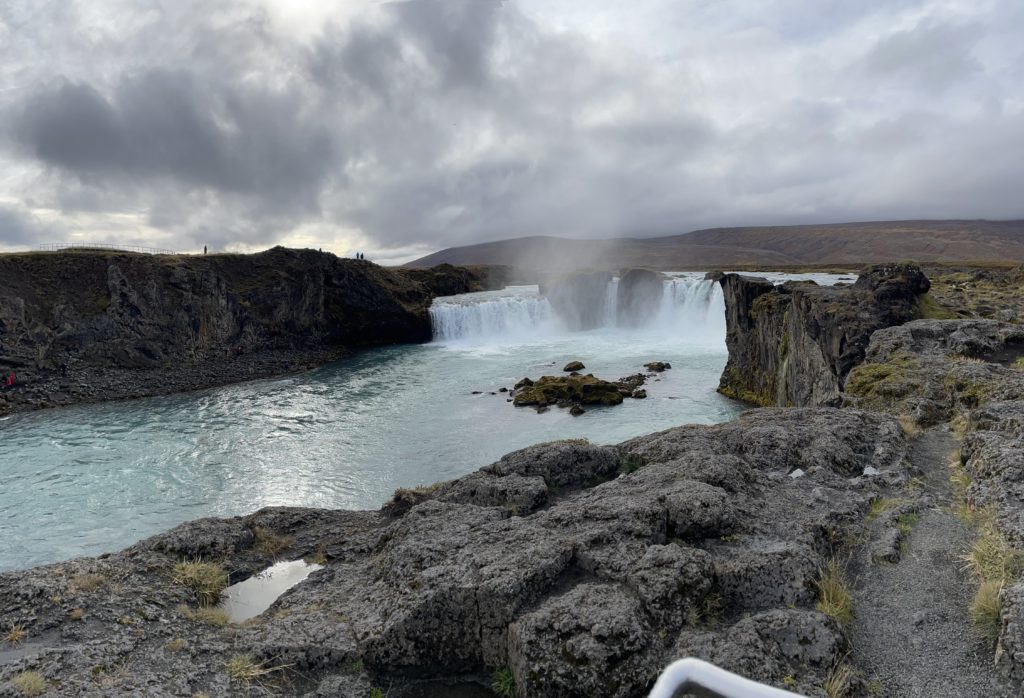
Getting to the lake from Akureyri takes just over an hour through a beautiful landscape of shallow valleys, fast flowing rivers and an obligatory stop at Goðafoss, an impressive waterfall (though there are many of these) carving its way through the basalt.
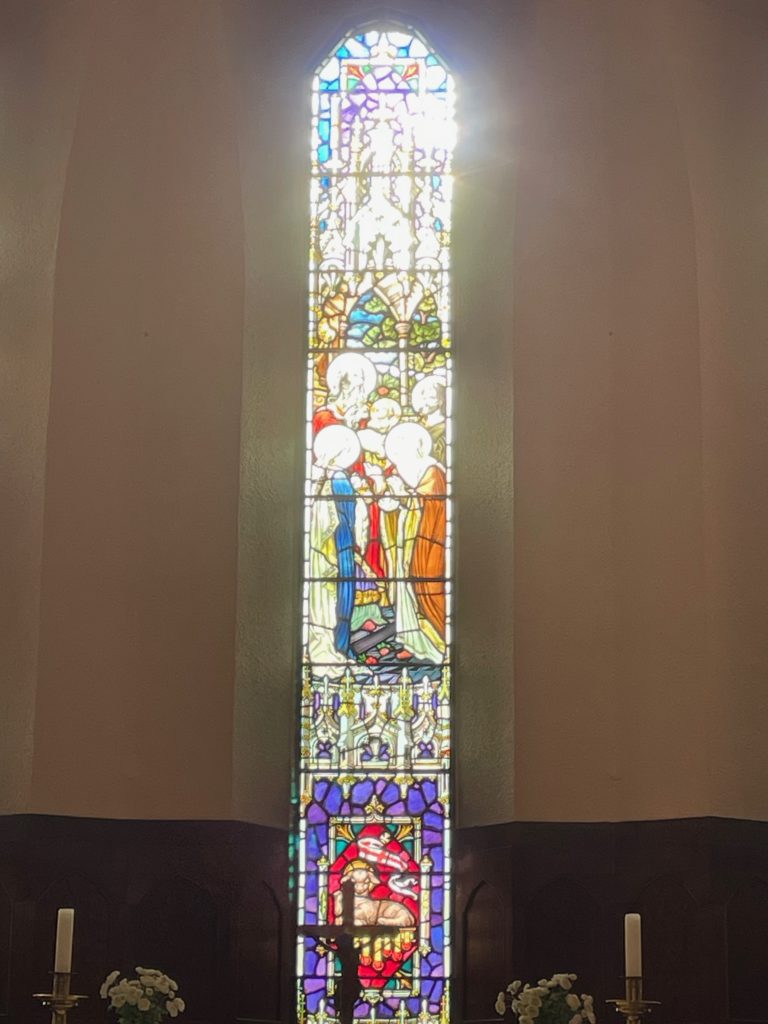
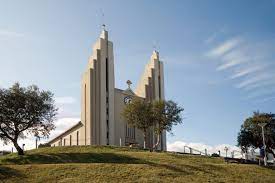
Back in Akureyri we investigated various museums, the botanical gardens and the Lutheran Akureyrarkirkja or The Church of Akureyri built in 1940 with an interesting story surrounding its stained glass windows: generations of Icelandic children have been taught the windows came from Coventry Cathedral before it was ruined in World War II; that as the war began
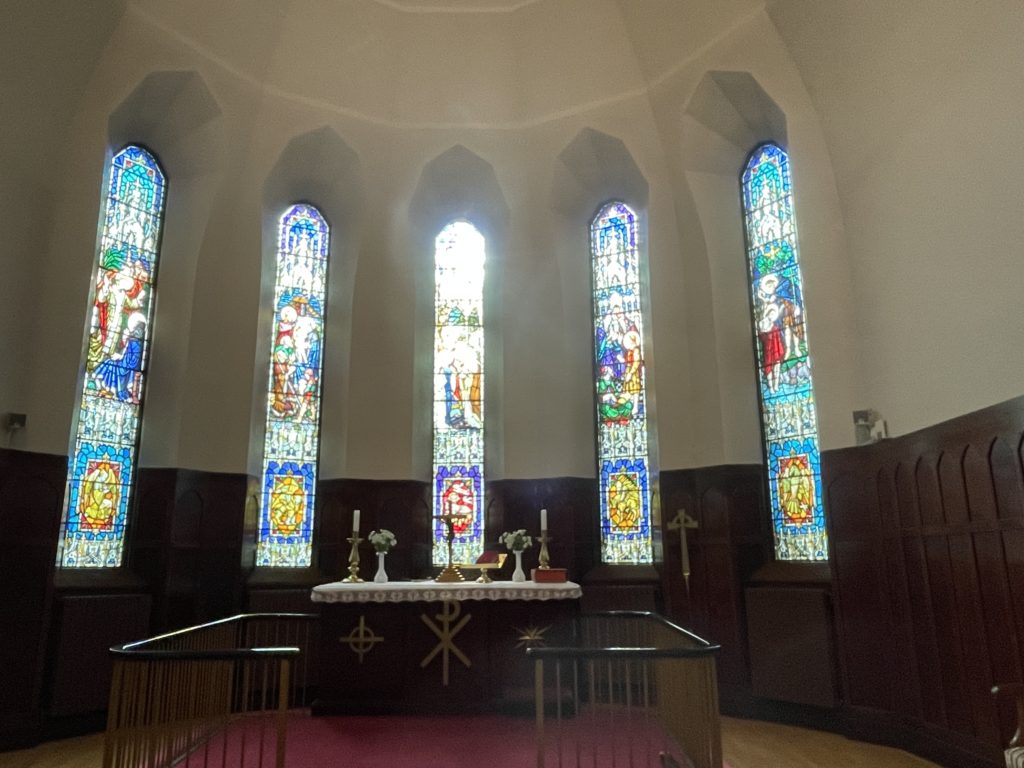
in 1939, the people from Coventry decided to remove the windows, store them safely and that they chose a farm in the countryside not far away; cheap glass windows temporarily replaced them but these were destroyed in the famous 1940 bombing raid.
Then, mysteriously, pictures from three of the windows got separated and ended up in an antique shop in London for sale where an Icelandic antique dealer found them and shipped them to his shop in Reykjavík.
Long story short – they exactly fitted the measurements of the new windows behind the altarpiece and one of them was used behind the altar – the one in the middle.
BUT – wait for it – all change in 1914 when research made for a BBC program called The Great Glass Mystery revealed the tale to be a myth.
Historian Dr Jonathan Foyle met up with Canon Kenyon Wright, who spent 11 years as a minister at Coventry Cathedral. Dr Foyle came to the conclusion that the Icelandic windows were not actually from Coventry at all but from another church somewhere in London; that no Victorian windows were saved or stolen.
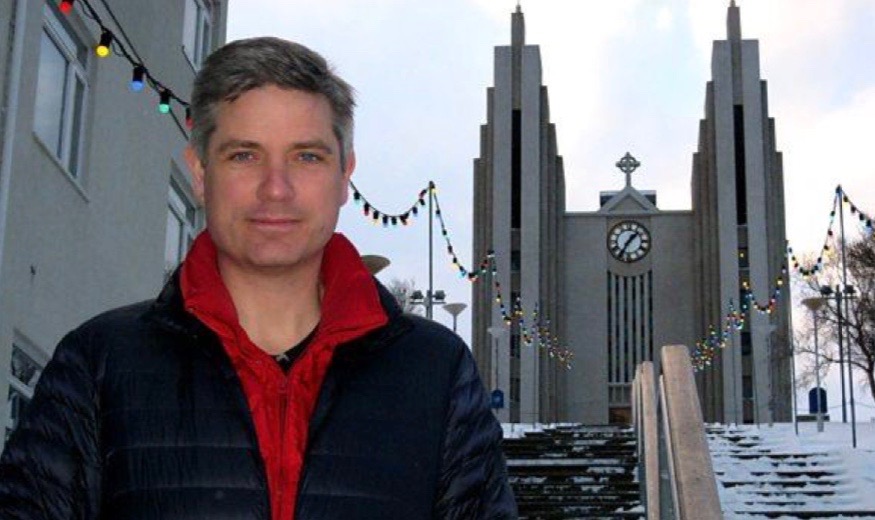
The documentary shows the glass was simply destroyed in the raids. A myth may have been scotched, but the friendship between Coventry and Akureyri continues.
A sweet story.
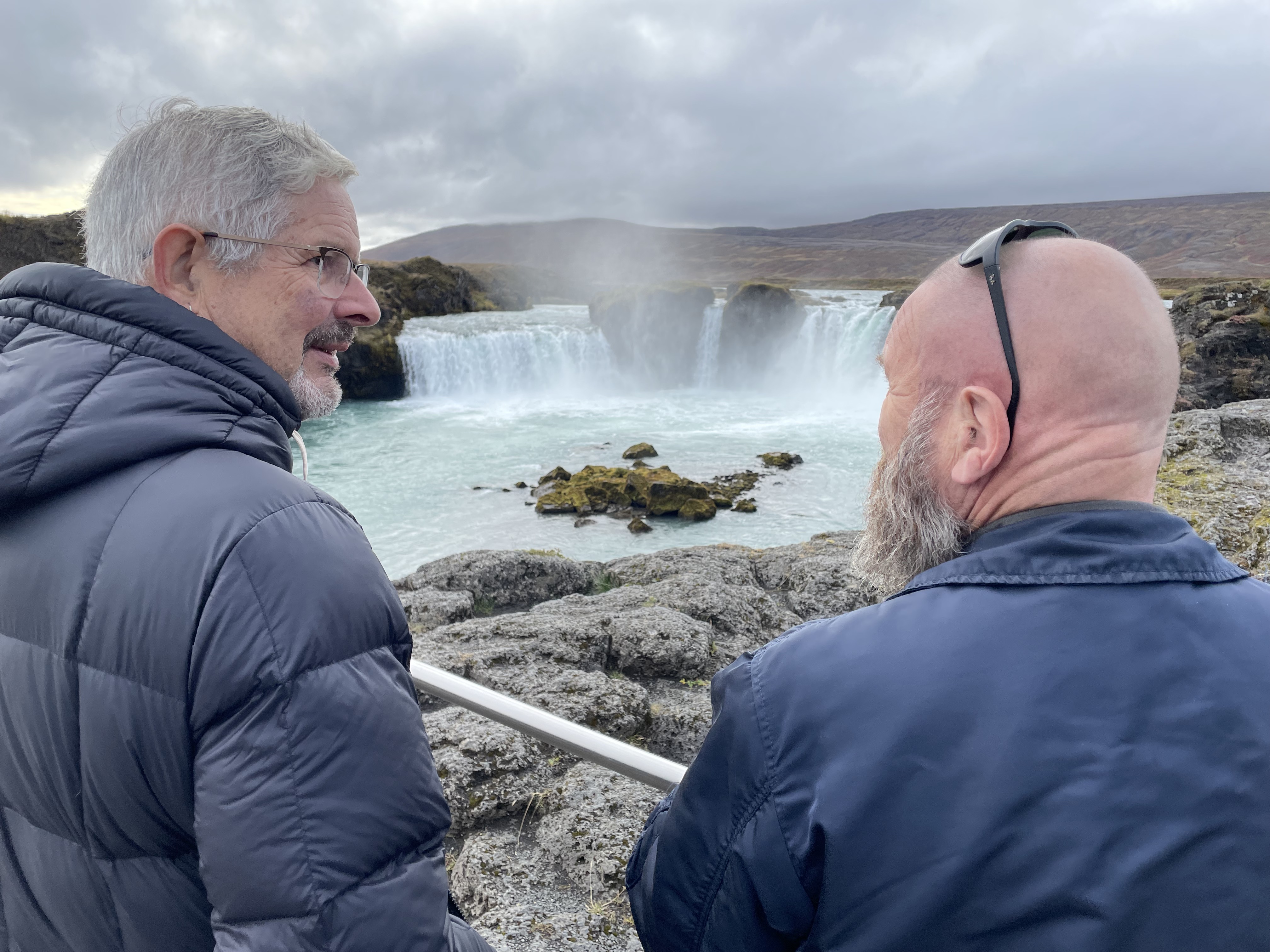
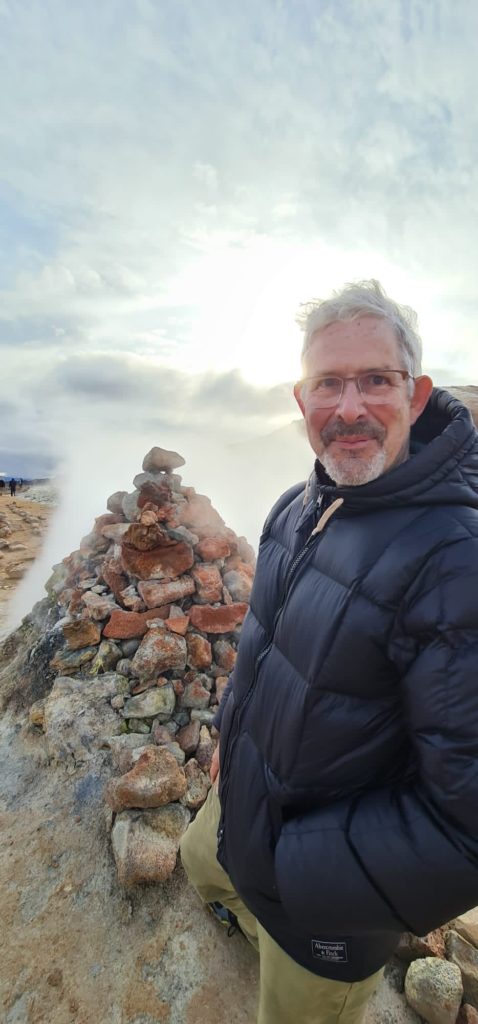
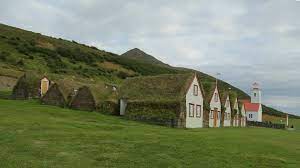
On another day we drove over the causeway, down the eastern flank of the fjord to Laufás and Grenvik, tiny communities in this vast landscape. At Laufás we saw examples of turf and timber dwellings underlining the harsh conditions that the very earliest settlers suffered to survive, and those not so long ago. These dated from 1866, .
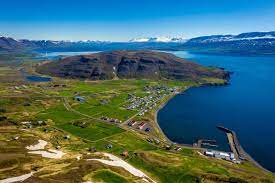
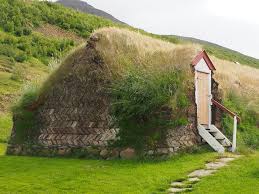
Wood is scarce and much was made of the vast quantities of driftwood that fetched up all over the island, mainly from Siberia. There is still and amazing amount of it being washed up today. But here is an interesting thing, apparently drift wood may look attractive for a lot of things but it is no good for home fires: because it is saturated by salt water and contains a high chlorine content, giving off chemicals and toxins which, apart from being poisonous, also wreck the stove! But you can build houses, furniture and boats from it.
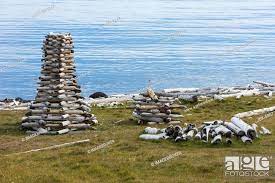
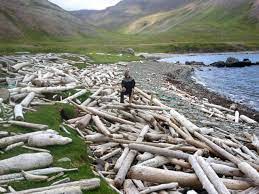
There are other interesting things in Akureyri: Jón Sveinsson – Catholic Pastor, affectionately called Nonni – was a writer of children’s books that were immensely popular and have been translated into forty languages including English. The little home he lived in is there for inspection and next to the little church he guided, in the grounds where a handsome Deco building houses the Cultural Museum.
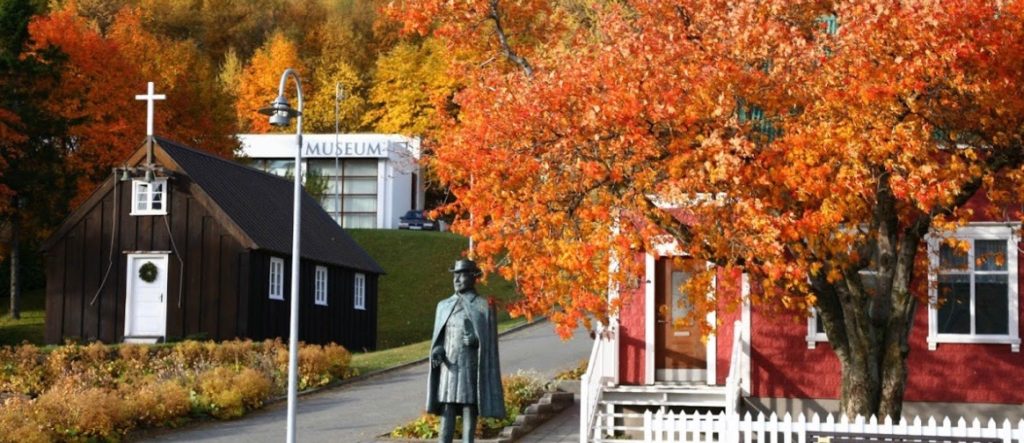
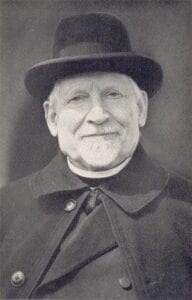
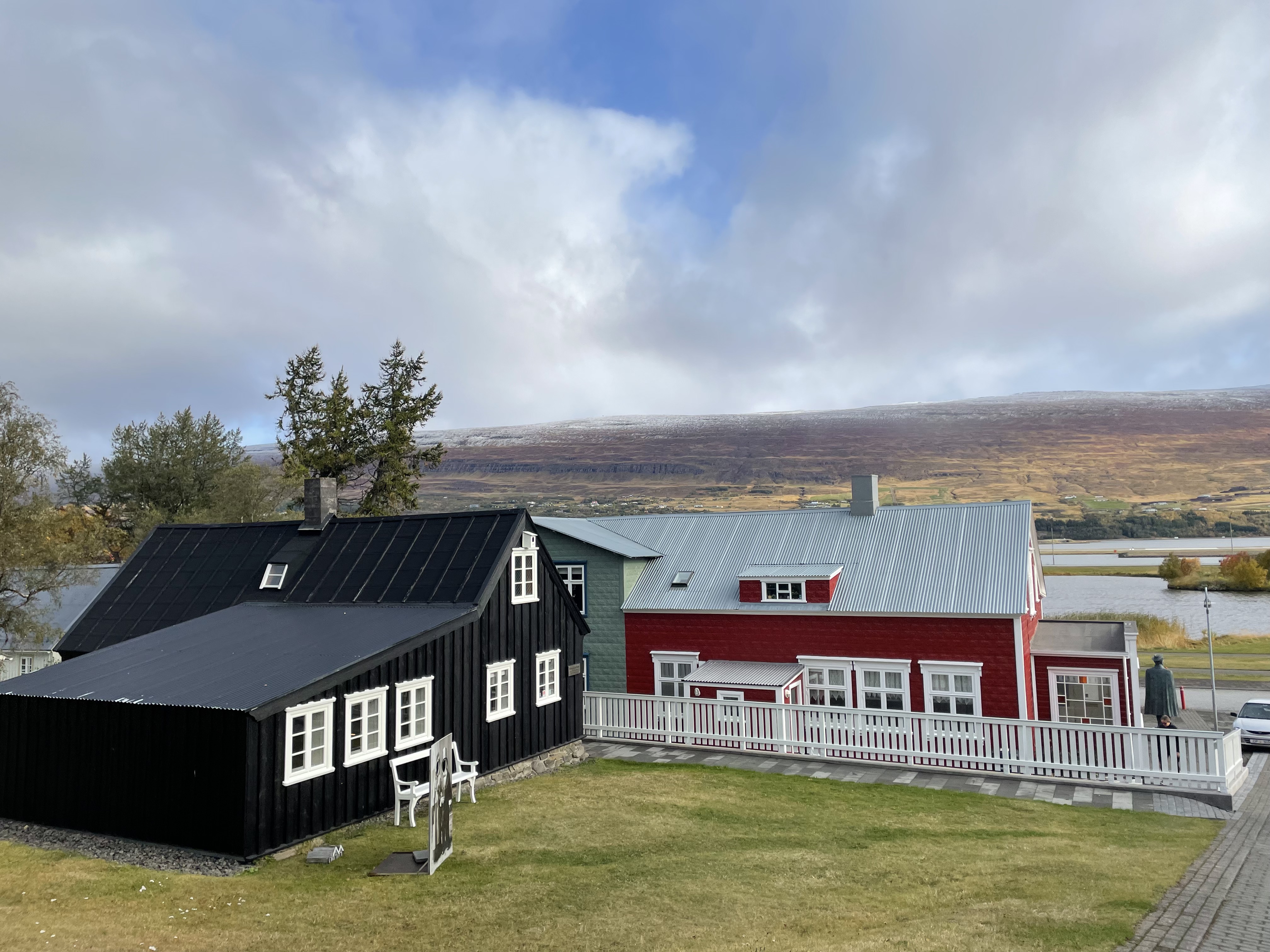
We made a diversion to Westfjords on our way back to Reykjavik, basing our two night stay in Hólmavík, a small fishing town by the large Steingrímsfjördur, and easy access to some of the most beautiful and, certainly, least visited corners of Iceland. It is dramatic, rugged, nearly on the Arctic Circle, only narrowly connected to the rest of the country, historically difficult to access. Tiny communities. Isolated farms, unpaved roads – and cold. In summer it never gets much above 10ºC and the heating is permanently in the ‘on’ position, in the car and in the buildings!
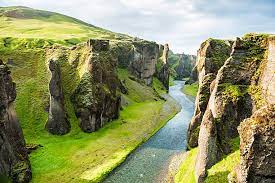
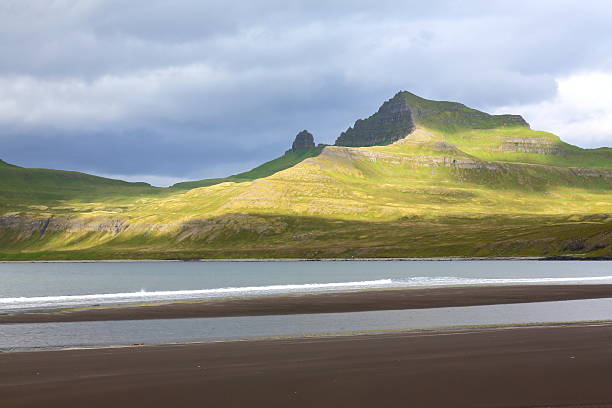
Hólmavík is small, quaint and feels like a frontier. The Riis Café, where we ate out twice, rates as one of the most expensive restaurants we have eaten in. Excellent lamb but at about £100 per head – on the first night – we only shared pizzas on the second!
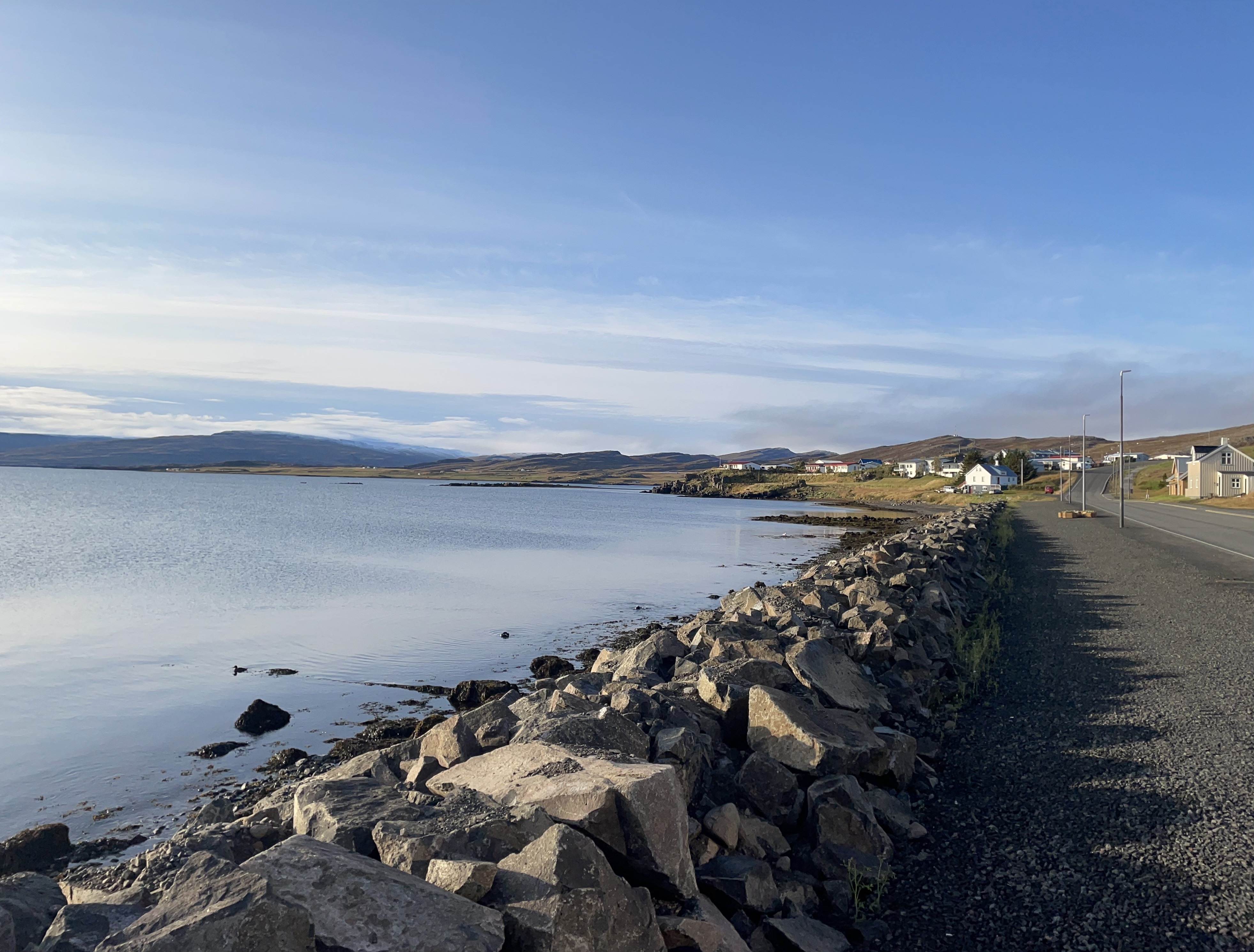
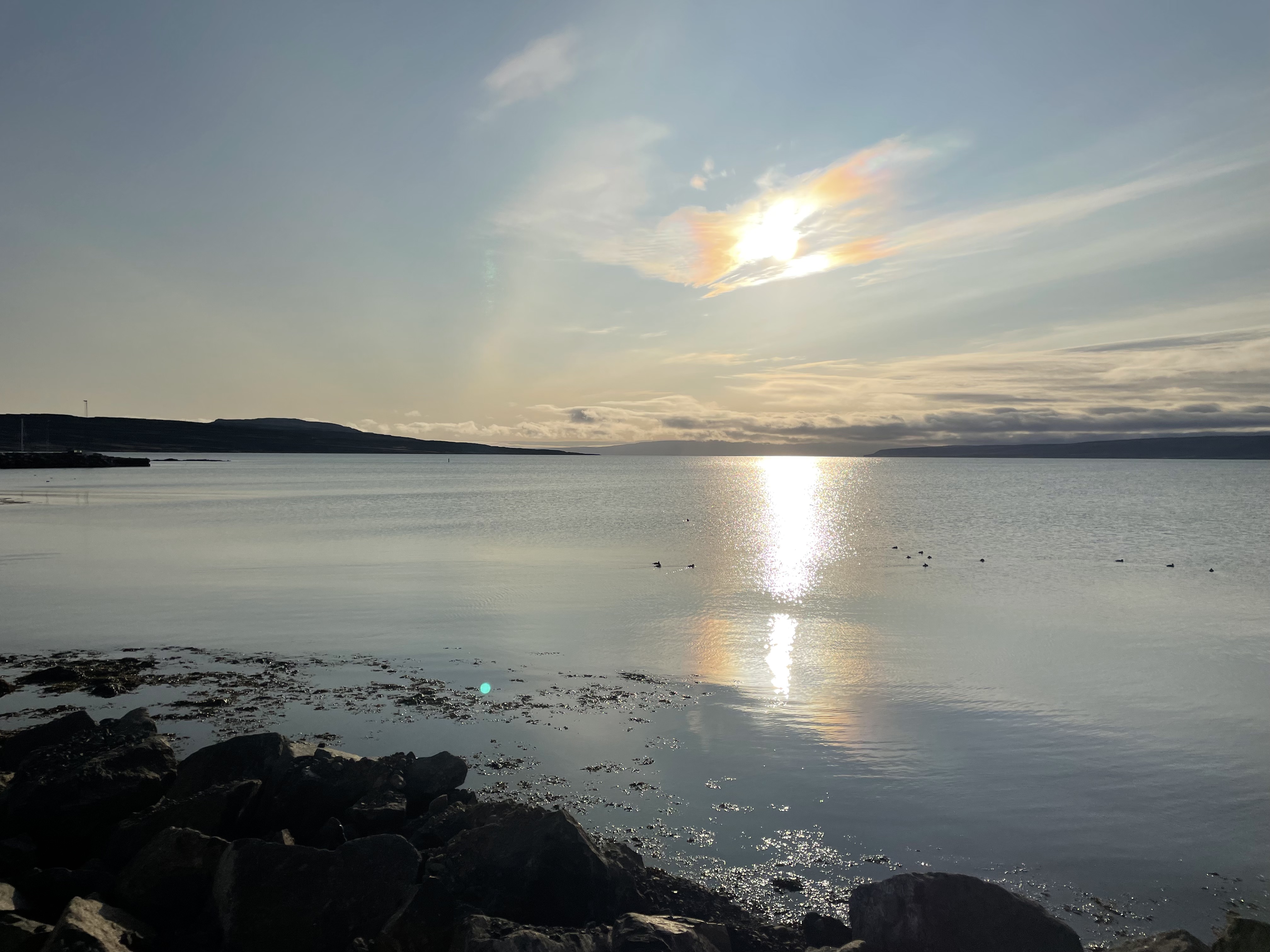
The other attraction was The Icelandic Sorcery Museum: Strandir was the setting for a witch-hunting craze in the 17th century. Due to its isolation, the locals have throughout the centuries preserved stories of strange beings, ghosts and everyday witchcraft. Hólmavík boasts two centres of research related to folklore and the history of Icelandic sorcery; the well-known Museum of Sorcery and Magic, and the University of Iceland’s Folklore Research Institute.
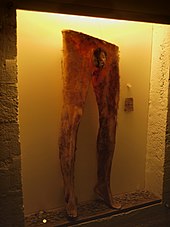
The creepiest thing there were Nábrók (necropants, literally “corpse britches”) – a pair of pants made from the skin of a dead human, which are believed in Icelandic witchcraft to be capable of producing an endless supply of money.
It is highly unlikely these pants ever existed outside of folklore, says Wikipedia, and I believe them!
And The Northern Lights?
A drive out into the darkness from Hólmavík rewarded us with a very faint luminescent weave of light, oh so disappointing and not at all what we hoped for!
Absolutely nothing like this!
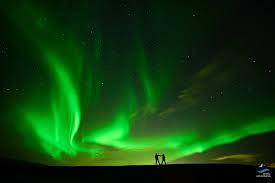
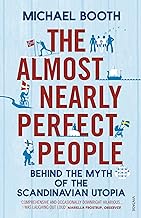
Apropos this visit, at the airport, Richard picked up a book called The Almost Nearly Perfect People by Michael Booth, “Behind the Myth of the Scandanavian Utopia”, a sometimes amusing, certainly interesting account of the Scandinavian cultures. I have been enjoying it hugely.
Other books also worth visiting: The Plot, one-time associate editor and columnist at The Guardian, Madeleine Bunting’s moving account of her stormy relationship with her father, the sculptor, John Bunting – “A Biography of My Father’s English Acre” – I have enjoyed.
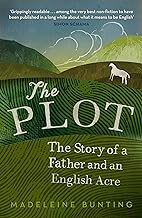
Antony Beevor’s latest : Russia – Revolution & Civil War 1917-1921 I have found riveting especially in the light of the latest autocratic visitation by Vladimir Putin. Poor Russia seems never to have anything other than cruel autocracies of one sort or another. Pity for the world too!

I’m afraid on the movie front we have both been unimpressed by Oppenheimer, such a missed opportunity for an excellent moral debate, and Barbie, all pink and silly and old fashioned. Far better is the 1980 BBC Sam Waterston series available on the iPlayer.

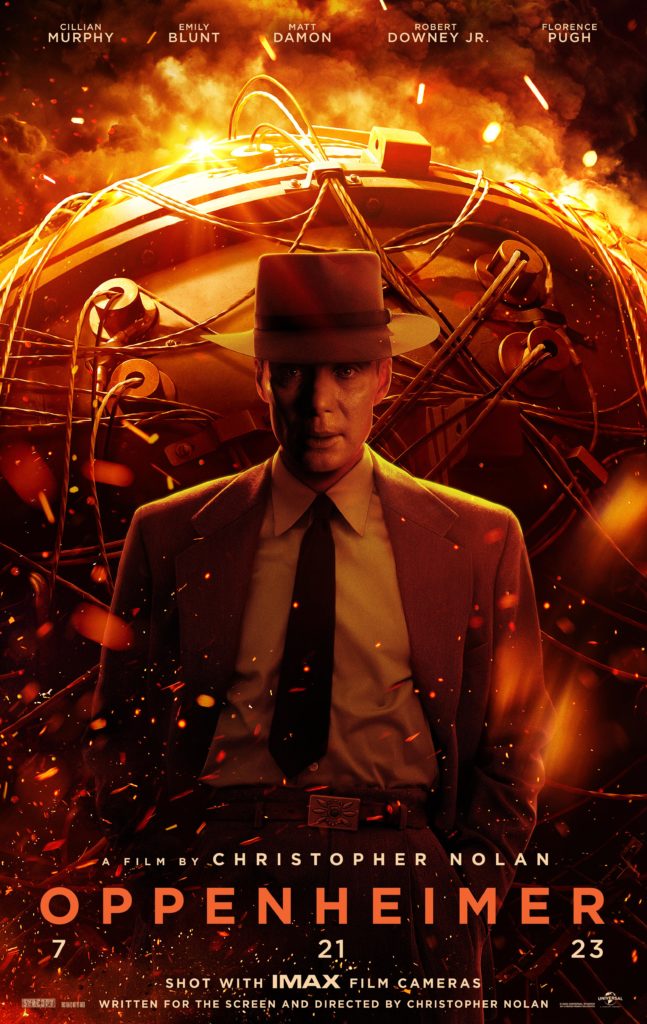
Don’t laugh but I have also enjoyed for completely different reasons Mission Impossible and Indiana Jones. ‘Nuff said!


And then we stumbled on the wonderful Sidney Poitier, Oprah Winfrey documentary which led us to revisiting two of his famous movies which it turned out Tony had never seen: Lilies of the Field and In The Heat of the Night. Good stuff there.

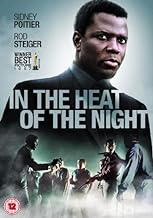
Try and see Maigret the 2022 Gérard Depardieu version. Though it only got a three star review from Wendy Ide in the Guardian “…..of all the many adaptations of Georges Simenon’s detective series, for both big and small screens, it’s hard to imagine many were as achingly world-weary as this latest.
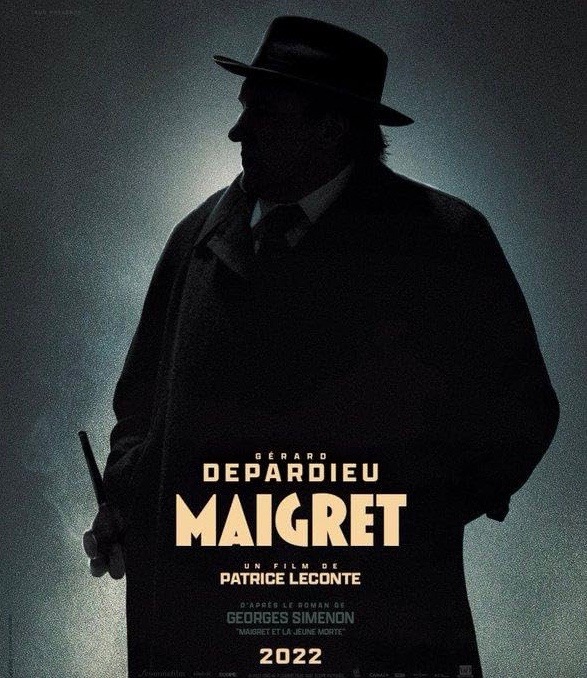
Directed by Patrice Leconte and starring an uncharacteristically glum and muted Gérard Depardieu as the eponymous policeman, the film creaks along on busted knees and broken spirits.Even the richly textured period details of 1950s Paris have a slightly moth-eaten quality. It’s dour, certainly, but the sense of bone-tired exhaustion and crushed hope that linger like pipe smoke works rather effectively for this particular case: the murder of a sad, lonely girl in a rented designer dress……”
I prefer the late departed and lamented Michael Gambon in the role myself but still enjoyed the new version though the subtitles were utterly appalling and seem to have been generated by some sort of AI device, incapable of anything other than a non-colloquial, direct translation. Often meaningless.
Of couch-potato territory we have both much enjoyed the shocking disclosures of the Sackler Family’s promotion of opioids in Painkillers.


And I have really enjoyed catch up with infinite episodes of the Scandi-detective series Beck, how I missed it first time round I do not know.
Also on the Scandi-detective-noir front DNA has had me going. Diabolical entertainment!
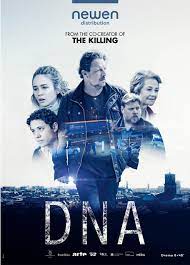
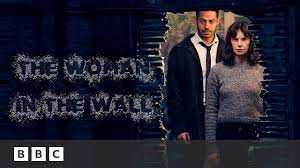
Did you all see The Woman in the Wall? The BBC’s latest mini-series about the horrors of the nuns of Ireland and what they did to the “unwanted” children removed from their unmarried mothers?
“……A suspense-laden, psychological thriller set in the fictional village of Kilkinure in Ireland, this BBC One show tells the story of Lorna Brady, a chronic sleepwalker who wakes up one morning to find a dead body in her house. She has no idea who the woman is, or even of her own culpability…..”
Gripping and shocking. Brilliant performance from Ruth Wilson.
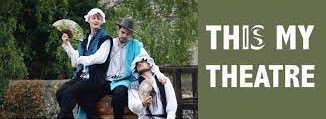
So it was off to the Church of St Mary the Virgin in Little Bromley, in the rain, to see their latest offering Robin Hood.
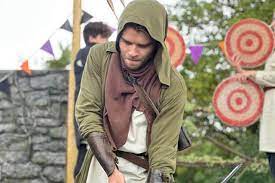
And last but not least. We have a wonderful, talented small-scale theatre company based here in Suffolk, though they tour all, called This Is My Theatre who pride themselves on creating work for all spaces from historic buildings and churches to purpose built theatres and open-air venues.
So it was off to the Church of St Mary the Virgin in Little Bromley, in the rain, to see their latest offering Robin Hood.
Gratifying to see how many young were mingled with the “cotton-tops”!
And in the rain too!
Thanks friends, speak soon?
Pedro
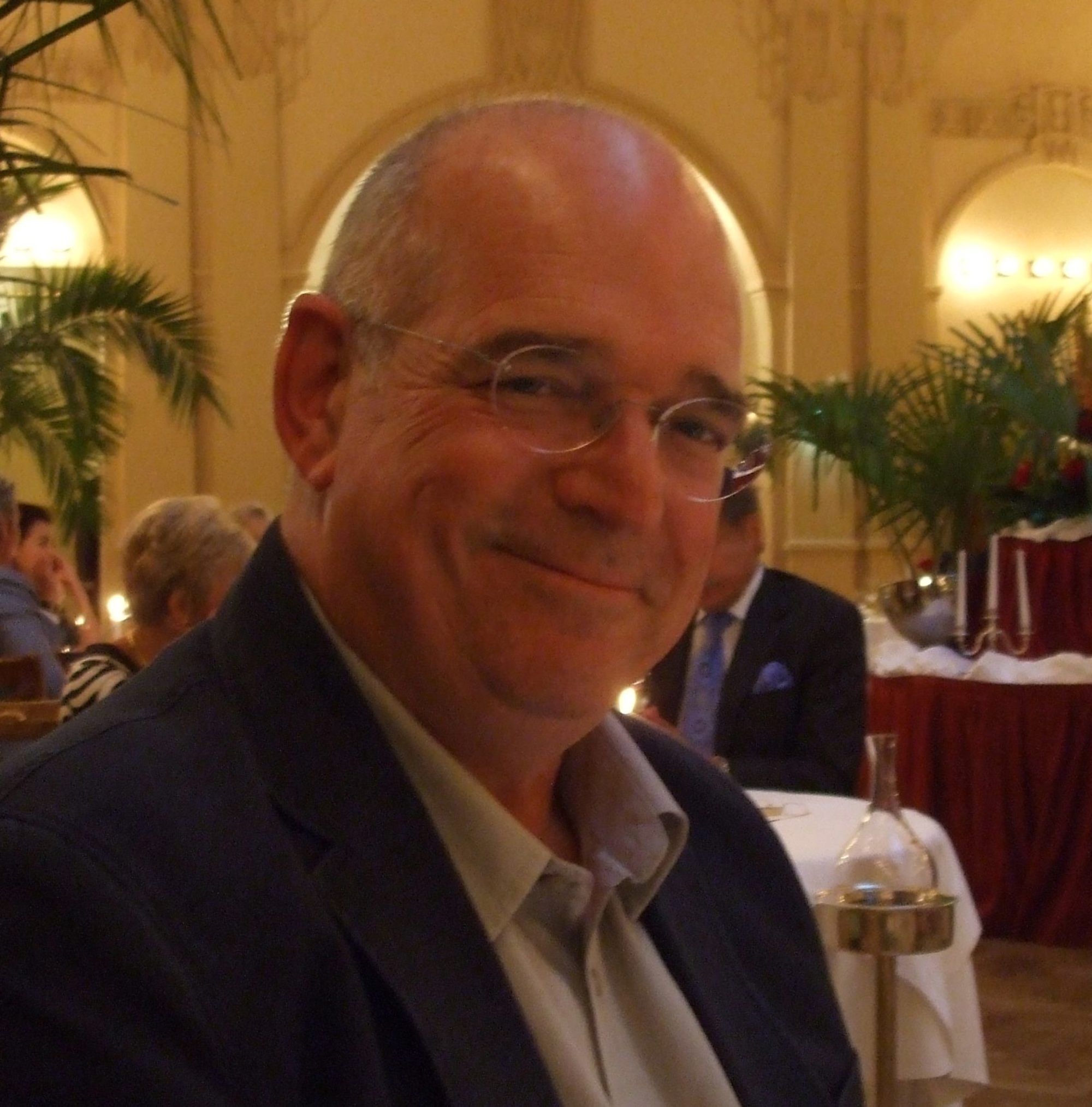
Peter darling, reading this I shivered so much I had to put a jersey on! I miserably recall that, several years ago, I stopped over in Reykajavic on a flight to New York. The duty-free shop was closed – and so, I was reliably informed, was the rest of the country. This is the kind of holiday I have serious nightmares about, and for once I have to say that your usually tantalising, eye-watering travelogue literally left me cold. Thanks for sharing, but I think I’m going to pass.
Much love,
Clive
I do so love reading about your travels and your culture following when in England.
Iceland sounds fascinating albeit desperately expensive.
So disappointing not to see the Northern lights… we had a good display at Watergate, I missed them and two of my nieces, one in Scotland and one in Norway have also witnessed them. Much love to you both… I’m off to Norway again on 19th; Stavanger and Bergen then a few days in Brighton . Xxxcxxx
Looks chilly!
Loved reading about your visit to a land of unpronounceable names!
Stunned to realise they use their geyser heat to grow tropical plants such as bananas.
Wish you had mentioned what a very literate nation they are with their fabulous Christmas Eve event of Jólabókaflód – which I would love if we did it here in the UK!
Ooh Peed, I think Iceland has to be on the bucket list! xx
As always Pedro, a very enjoyable, detailed and informative read, I almost feel that I’m alongside you on Tarry Tours,
I also thought Ruth Wilson was brilliant in The Woman in the Wall – the horrific scandal and evil of the Magdelan Laundries.